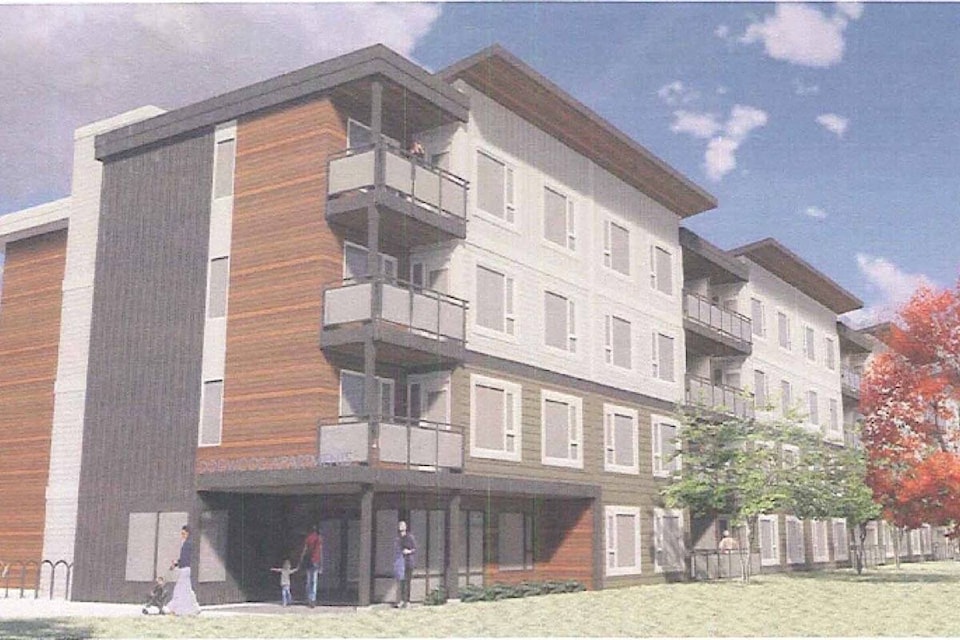The Regional District of Nanaimo has completed a study to understand the current and future housing needs of the region.
The study, conducted in 2019, was part of the update of the Regional Growth Strategy’s ‘Sharing our Future’ that also aligns with the B.C. government’s requirement that local government produce a housing needs report every five years.
Engagement was a vital component of the study. Three workshops were held last year, attended by representatives from social service organizations, developers, non-profit housing providers and local governments.
The report was presented to the RDN’s committee of the whole on June 9. It was received and will be posted on the RDN website.
READ MORE: Parksville council members share views on affordable housing
Since 2006, the increasing shortage of affordable rental and owned housing for low-income individuals and families has been well-documented. But it still remains to be a persistent concern today despite some progress that include positive shift in the number of purpose-built rental units in the City of Parksville and City of Nanaimo.
The problem is mainly attributed to the increasing gap between the cost of housing relative to incomes as well as the lack of adequate and suitable rental stock. Those impacted the most are seniors, single parent families and youth.
It will remain a big issue as the region’s population continues to increase, averaging an annual change of 1,284 people. Currently, the population is 172,000 and it is estimated to go up to 179,283 by 2026 and 193,649 by 2041.
The median income earnings for a lone-parent ($37,864) and single-person ($28,699) is lower than a couple household ($76,780). That makes homeownership out of reach for these households, which may remain in rental housing, contributing to the demand for a range of rental market units to accommodate different household sizes and life stages.
The study also revealed that generally, single person households earning the median income ($28,699), and below median income, cannot afford the average rental price ($938) in their communities at 30 per cent of their gross incomes. This particularly is the case in Coombs and Errington communities, where households would be required to spend more than 50 per cent of their respective incomes on rent.
The average resale price for a single-detached homes in Nanaimo has risen by 69 per cent between 2013-2018 from $325,600 to $550,200, and by 64 per cent in Parksville Qualicum Beach, from $349,200 to $571,500.
The report indicated that couple households earning the median income ($76,780) can purchase a home for $312,277, with 10 per cent down payment. But with the benchmark sales price at $335,400, that means they would not be able to afford to purchase a within 30 per cent of their gross income.
The RDN is planning to develop a policy options to help address identified needs and seek input on options as part of the process to update the RGS. As well, it’s looking to proceed with the development of a Regional Housing Strategy.
Meanwhile, the RDN will continue to identify opportunities to improve linkages between housing and transportation that support complete and compact communities as well identify partnership opportunities to facilitate affordable housing that address community needs over time.
